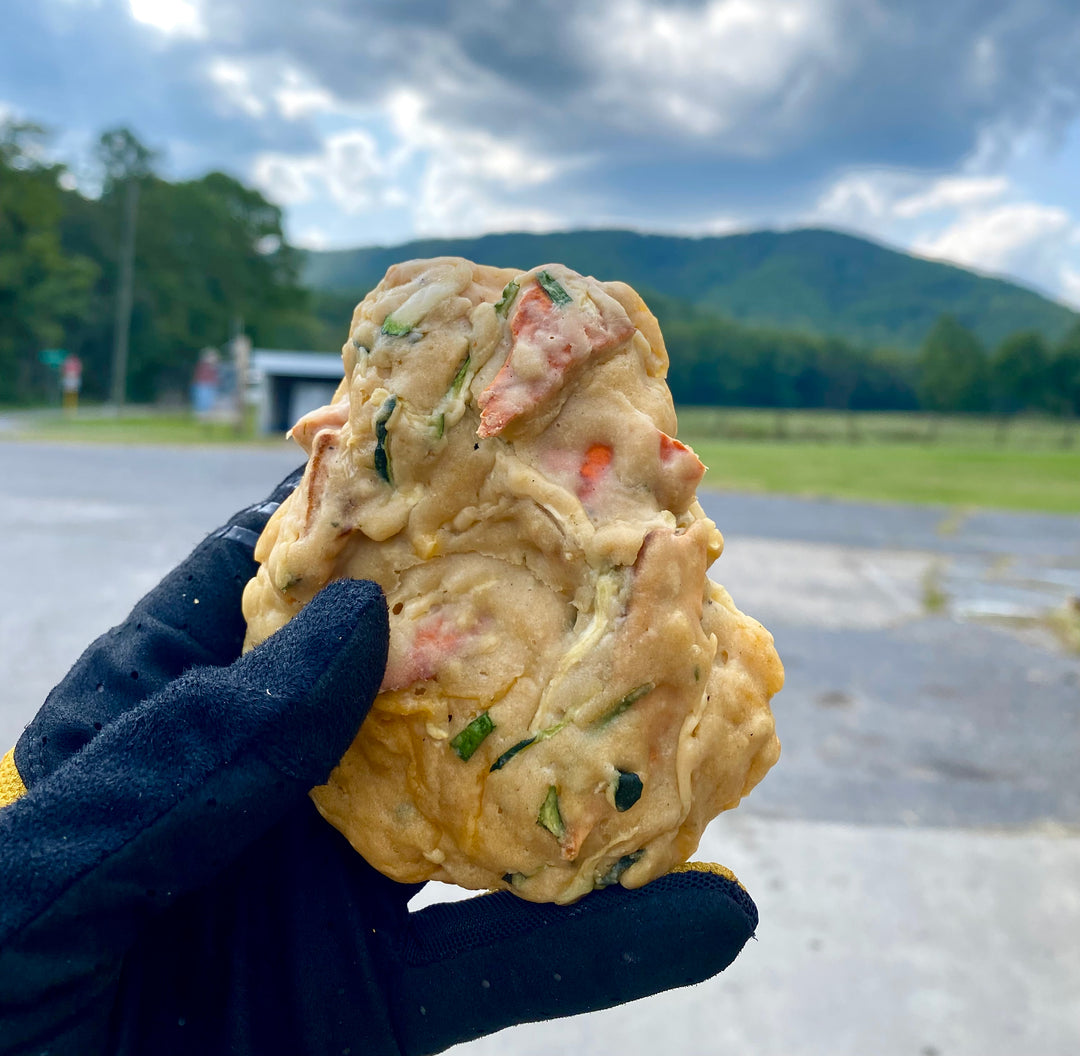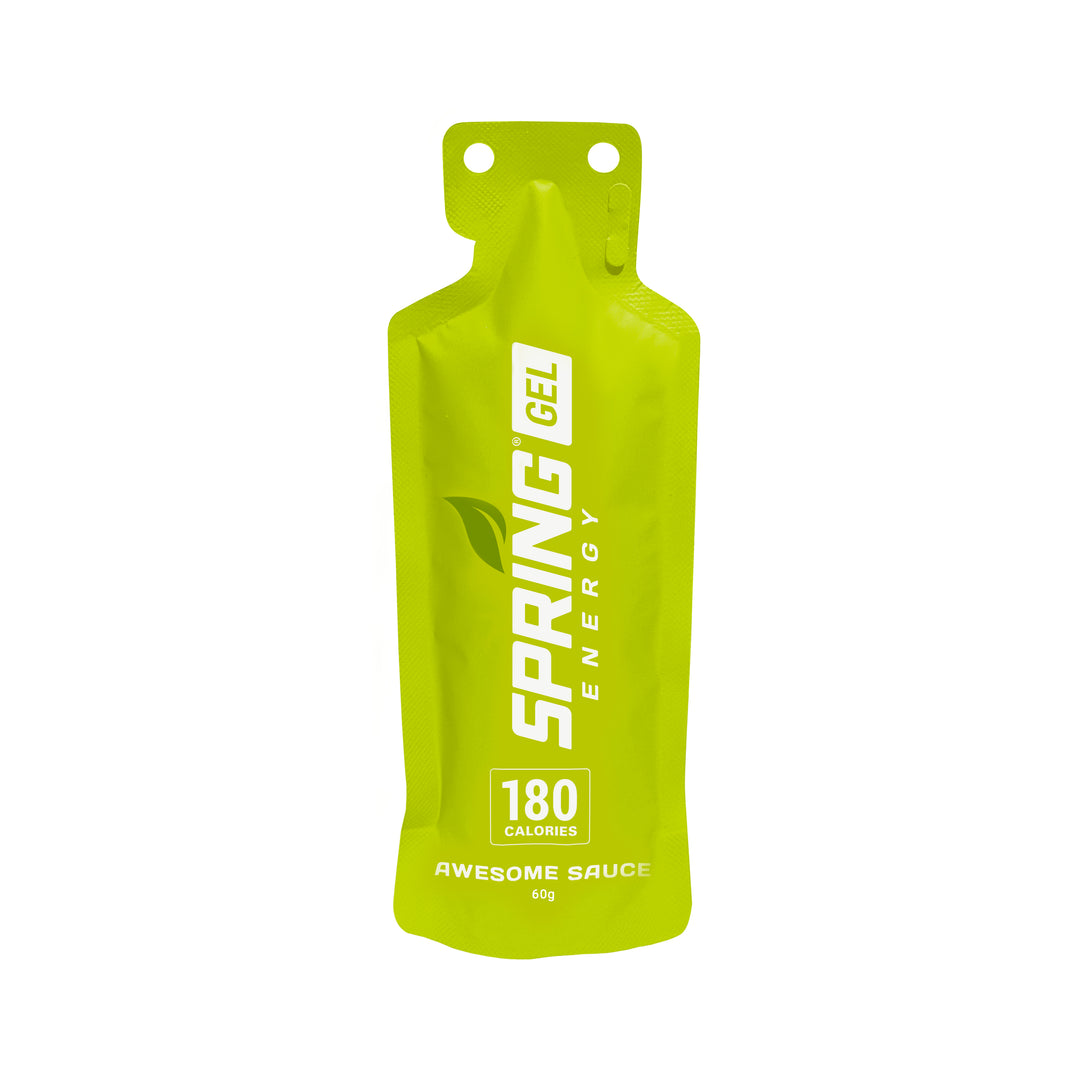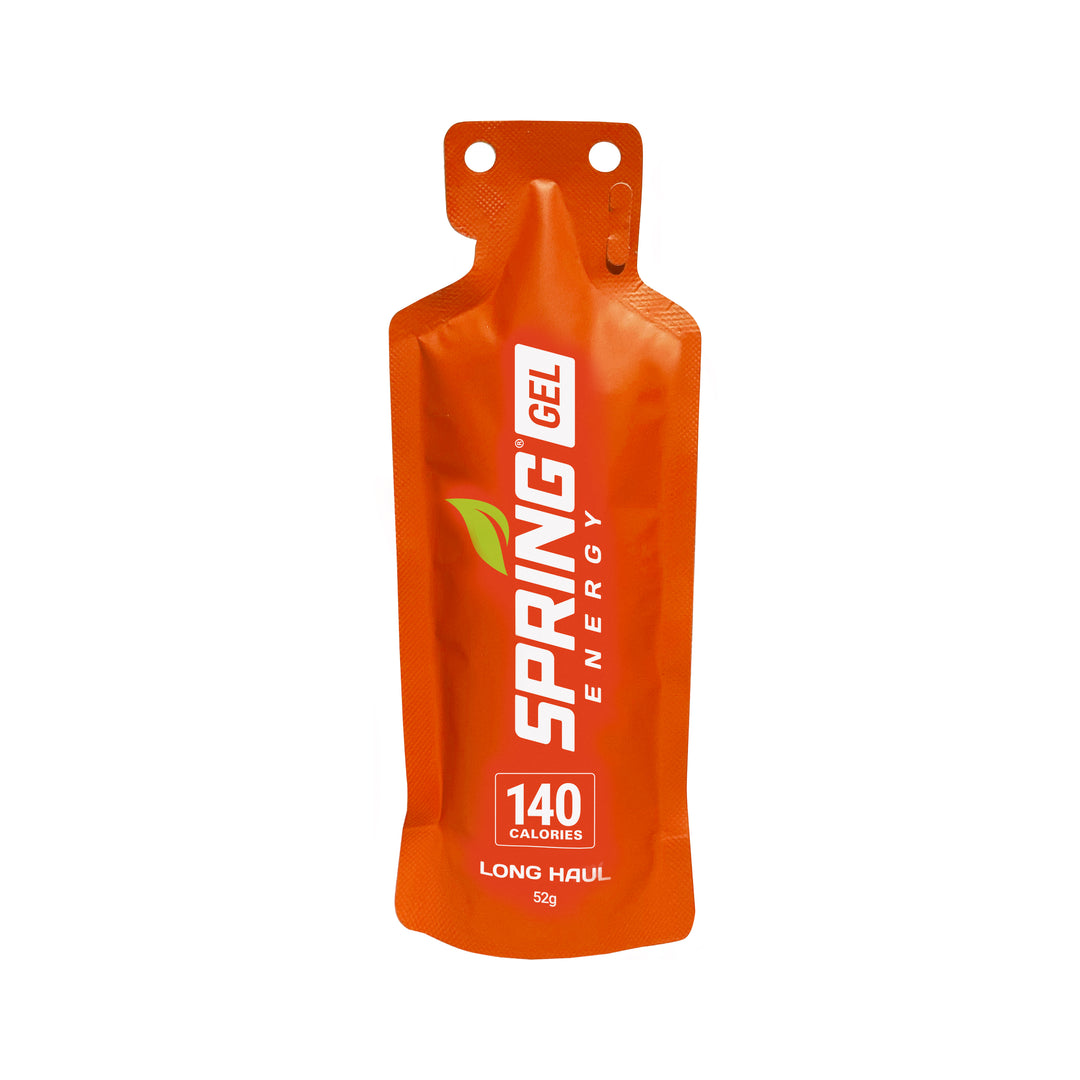Targeting metabolism with diet. Part II. Why and how to fuel with fats.

Endurance training (aerobic) increases your fat metabolizing machinery. Constant muscle stimulation with low-intensity training triggers mitochondrial biogenesis. Mitochondria are the organelles equipped with fat metabolizing enzymes. As mitochondria are entirely dependent on oxygen supply, endurance training adaptation comes with improved microcirculation to improve oxygen delivery and better fat burning. For this reason well-trained endurance athletes can process fats more efficiently. They have more mitochondria and mitochondrial enzymes.

Keep in mind that trying to force the adaptation process by eating more fats does not increase mitochondria number. High-fat diet may increase some enzymes involved in fat metabolism, but the main fat burning machinery, mitochondria, remain at the same level. It is worth to mention that the low carb, high fat diet comes with a cost. While you may gain some ability to metabolize fats better, you lose some potential to absorb and metabolize carbs efficiently. Thus, it seems to be wise to have a balanced diet that contains both carbs and fats. Fueling your activity with those nutrients might be the most beneficial.

While we store fatty acid in adipose tissue, our ability to recruit those fats as fuel is limited. Fat tissue contains predominantly long-chain fatty acids (18:1 oleic acid, 16:0 palmitic acid) that are metabolized very slowly. In contrast, short and medium-chain fats are able to travel through tissue much easier and faster. Transporting a long-chain fatty acid to its final destination, mitochondria, requires complex machinery. These mechanisms are not necessary for short and medium fatty acids. Thus, including short and medium-chain fatty acids as your fuel for endurance activities gives your cells an alternative source of fairly quickly available energy without overwhelming carb metabolism.
The best sources of medium and short fatty acids in your diet:
- coconut oil
- butter
- whole milk
- cheese

What can you help with your diet?
- Create a flexible system. Train your body to use both fats and carbs. Include in your diet and as your training/racing fuel both carbs and fats. Occasionally, train without any fuel. Extended starvation "wakes up" your metabolic system
- Keep it healthy. Short and medium-chain saturated fatty acids are safer for your cardiovascular system comparing to long-chain FA. Include unsaturated fats in your diet along with fat-soluble antioxidants.
We believe coconut is an excellent source of medium-chain fatty acids for athletes. Those fats are quickly absorbed (in a similar way to carbs) and passed through cell and mitochondrial membranes without the time and energy-consuming transportation systems (acyl-carnitine). Spring products contain coconut oil as a natural source of medium-chain fatty acids (MCFA) to diversify your energy sources. Speednut, Koffee and Wolf Pack are a great balanced combination of fats and carbs.









Leave a comment